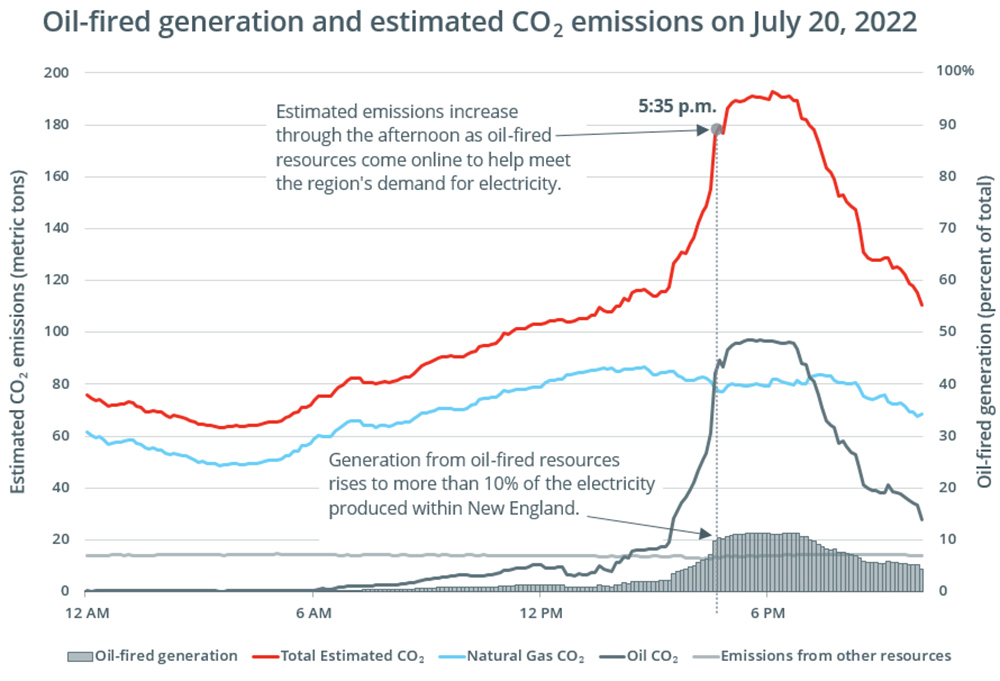Three days after the Virginia State Corporation Commission approved Dominion Energy’s (NYSE:D) 2.6-GW Coastal Virginia Offshore Wind (CVOW) project, the utility’s CEO, Robert Blue, said the 42% capacity performance guarantee in the decision is “extremely disappointing” and “untenable.”
The guarantee “would require DEV [Dominion Energy Virginia] to financially guarantee the weather, among other factors beyond its control, for the life of the project,” Blue said during Dominion’s second-quarter earnings call on Monday.
“Given a project of this magnitude, however, the commission’s performance guarantee creates an unprecedented layer of financial one-way risk to DEV and is inconsistent with the utility risk profile expected by our investors,” he said. “We plan to actively engage with stakeholders on the unintended consequences of that provision and are reviewing all public policy options including reconsideration or an appeal.”
The performance guarantee was part of the SCC decision approving a $78.7 million rate hike for the project while warning that the state legislature left ratepayers facing “unprecedented risks” of cost overruns and delays on the $21.5 billion project. (See related story, Virginia Regulators OK $79M Rate Hike for Dominion OSW Project.)
The performance guarantee was one of several measures the SCC put in place with the goal of controlling costs and protecting ratepayers. However, the commission acknowledged that the guarantee would not protect customers from cost overruns or abandonment costs.
Dominion is, in fact, projecting a lifetime capacity of 42% for CVOW over 30 years. But, Blue said, “there are obviously factors that can affect the output of any generation facility notwithstanding a reasonable and prudent action [of] the operator, including natural disasters, acts of war or terrorism, changes in law or policy, regional transmission constraints, or a host of other uncontrollable circumstances.”
He also noted that the SCC did not impose a performance guarantee when approving Dominion’s previous solar energy projects in 2021, saying they were not required for projects developed to comply with the 2020 Virginia Clean Economy Act. “The same outcome should be made here,” he said.
While the performance guarantee was clearly top of mind for Blue, the call also covered the potential impact for Dominion of the Inflation Reduction Act and its 15% minimum corporate tax, the utility’s upcoming plan to invest $1.5 billion in new solar, and the explosion of data centers and power demand in Northern Virginia.
Data Center Alley
Dominion has connected 70 data centers in its Virginia service territory since 2019, with more than 2,600 MW of capacity, Blue said. Now dubbed Data Center Alley, eastern Loudon County is the center of that growth, with more than 25 million square feet of data centers now online and another 4 million square feet in development, according to the county’s Department of Economic Development.
Data centers now represent 20% of Dominion’s electricity sales, and on top of that growth, Blue says the peak demand of individual data centers in the region is also growing. Further, once a new data center is online, he said, it is ramping up to full demand more quickly than previously.
“A single data center typically has demand of 30 MW,” he said. “However, we’re now receiving individual requests for demand of 60 MW or greater.”
PJM has predicted a 2,600-MW jump in peak demand from Dominion’s system by 2027 — a 12% increase from its load predictions a year ago and the same capacity as the CVOW project, which is scheduled to be completed in late 2026, Blue said.
In response, Dominion is planning to accelerate its plans for two new 500-kV transmission lines in the area, but the utility is facing potential transmission constraints in the future and has put a “pause on new data center connections while we work on solutions to alleviate the constraints as quickly as possible,” Blue said.
The utility is “reviewing the current capacity constraint analysis, including performing additional in-depth analysis substation by substation; engaging further with customers and other stakeholders … to pace new connections’ ramp-up schedules, and reviewing a variety of technical alternatives to address areas of concentrated load,” Blue said.
Dominion recently submitted plans for the first 500-kV line to PJM and expects to file for approval from the SCC “in the coming weeks,” Blue said. The utility also expects “to resume new connections in the near term, but how much and how quickly is still be determined,” he said.
But Buddy Rizer, executive director of economic development for Loudon County, said officials there are “still trying to figure out what it means. We don’t know how many of the 4 million square feet [in development] will have power.”
“Dominion surprised everyone” with the pause, which was announced late in July, he said. The pause is also causing uncertainty for additional projects in the early stages of development, he said.
Blue provided no information on how many projects might be affected by the pause in interconnections, but he said any slowdown is not expected to hurt electricity sales or revenue. The pause is also not affecting any data centers outside Loudon County, he said.
“We expect to overcome any headwinds by the acceleration of needed new-build transmission projects from later in the long-term plan to earlier,” which will increase capital investment and recovery in the utility’s five-year capital growth plan, he said.
Inflation Reduction Act
Responding to analyst questions about the IRA, Blue called the bill, passed by the Senate on Sunday, “still a moving target” as the House of Representatives prepares to consider the bill later this week, with a possible vote coming as soon as Friday. (See related story, Senate Passes Inflation Reduction Act.)
While additional amendments could still pop up, Blue rated the bill on a “really high level” as “pretty good — really positive from a decarbonization incentive perspective; really positive from a utility, customer perspective.” For example, Dominion and its customers stand to benefit from the IRA’s extension of the wind production tax credit and its nuclear and clean energy tax credits, he said.
Blue also predicted that the IRA’s 15% corporate minimum tax rate could have a negligible impact for the utility, which is already a “cash taxpayer” but is “shielded by our inventory of tax credits,” which have kept the company’s tax rate around 5.25%.
Applying the company’s tax credits to the 15% minimum tax rate could cut that figure even further to 3.75%, he said.
Nuclear and Solar
The SCC has also approved Dominion’s application to recover costs of close to $4 billion for extending the licenses of its North Anna and Surry nuclear plants. The two units at North Anna generate about 1.9 GW, and Surry’s two units 1.6 GW. Together, they provide about 30% of Virginia’s power, according to Dominion.
The utility is also preparing its next clean energy filing in the coming weeks, which will include about a dozen solar and energy storage projects. “The filing will represent at least $1.5 billion of utility-owned and [recovery] eligible investment, further de-risking our growth capital plan,” Blue said.
Earnings
The company announced a GAAP net loss of $453 million ($0.58/share) for the second quarter, compared with net income of $285 million ($0.33/share) for the same period in 2021.
Non-GAAP operating earnings for the second quarter were $658 million ($0.77/share), compared to $628 million ($0.76/share) for the same period in 2021.
According to CFO James Chapman, the difference between GAAP and operating earnings reflect the impact of economic hedging activities, gains and losses on nuclear decommissioning trust funds, charges associated with the sale of Kewaunee nuclear power station in Wisconsin, regulated asset retirements and other adjustments.


